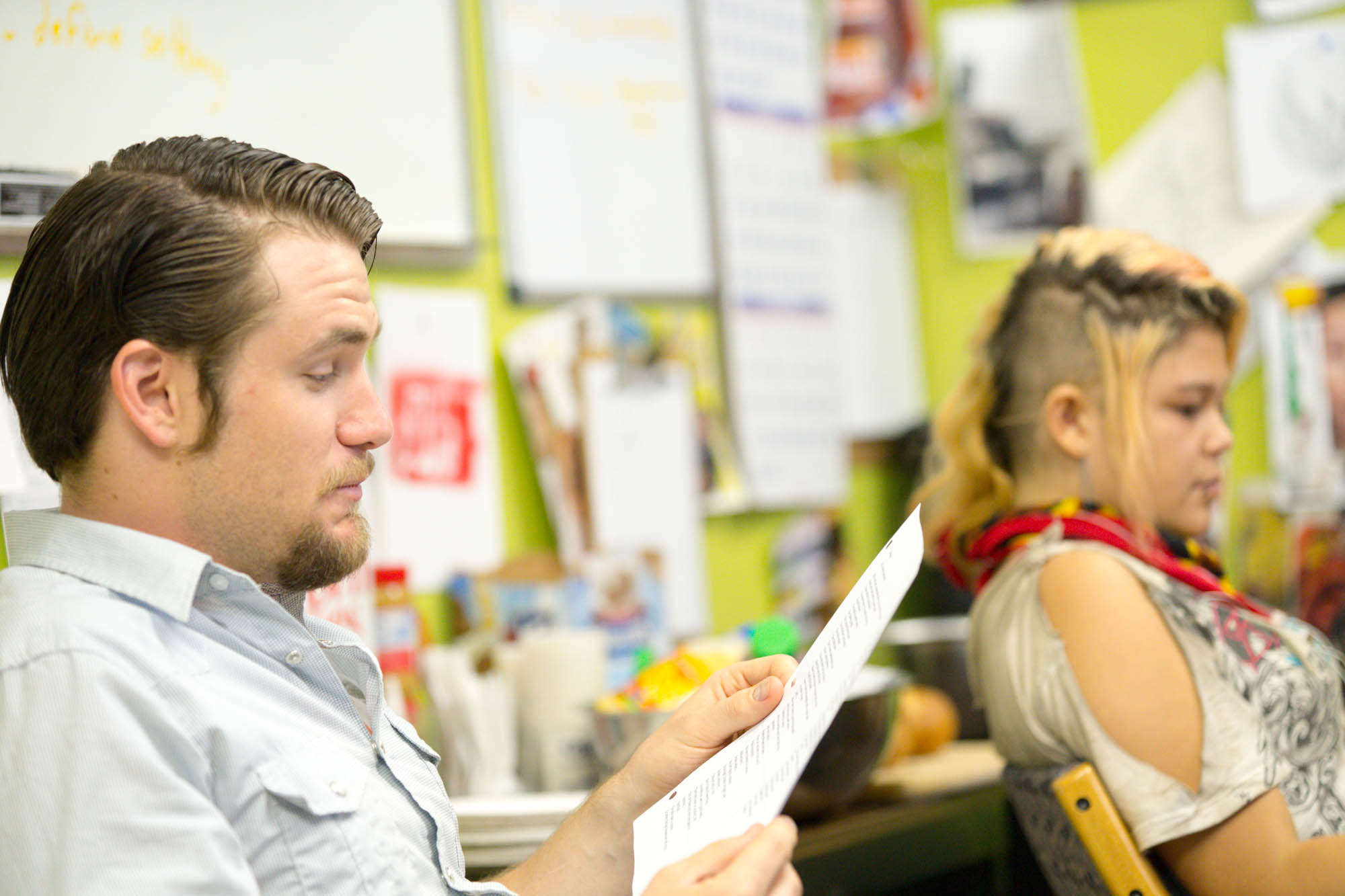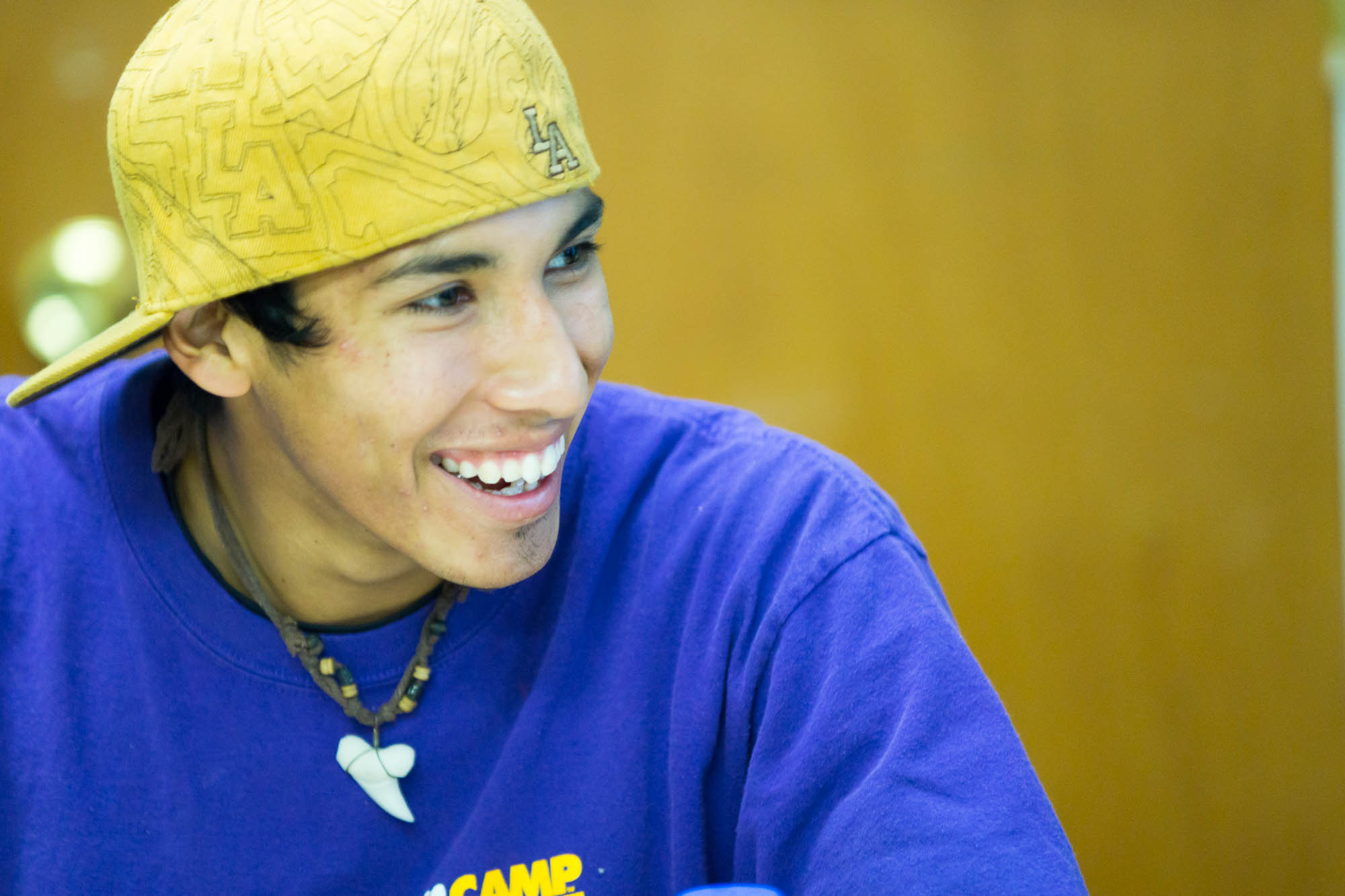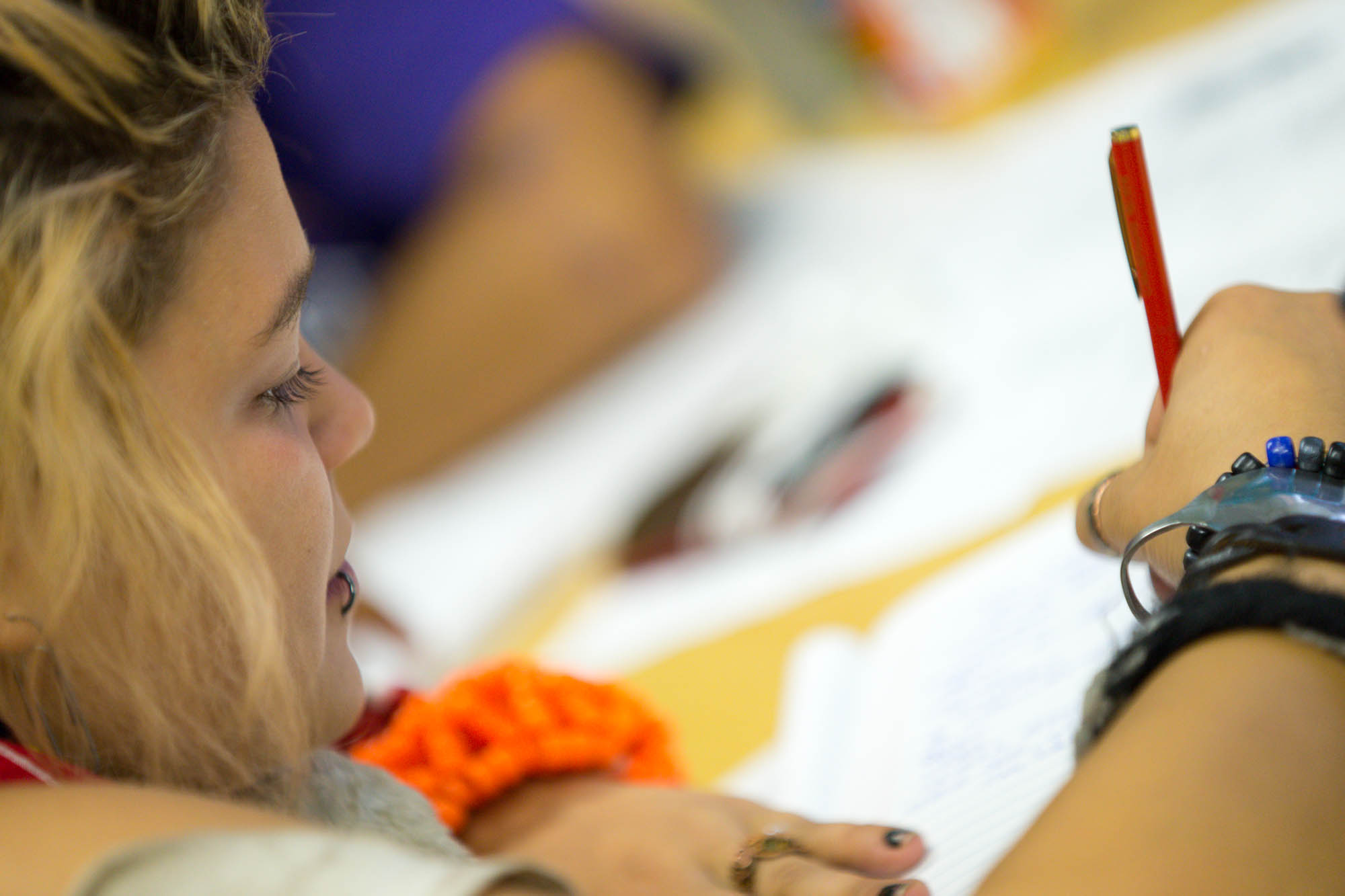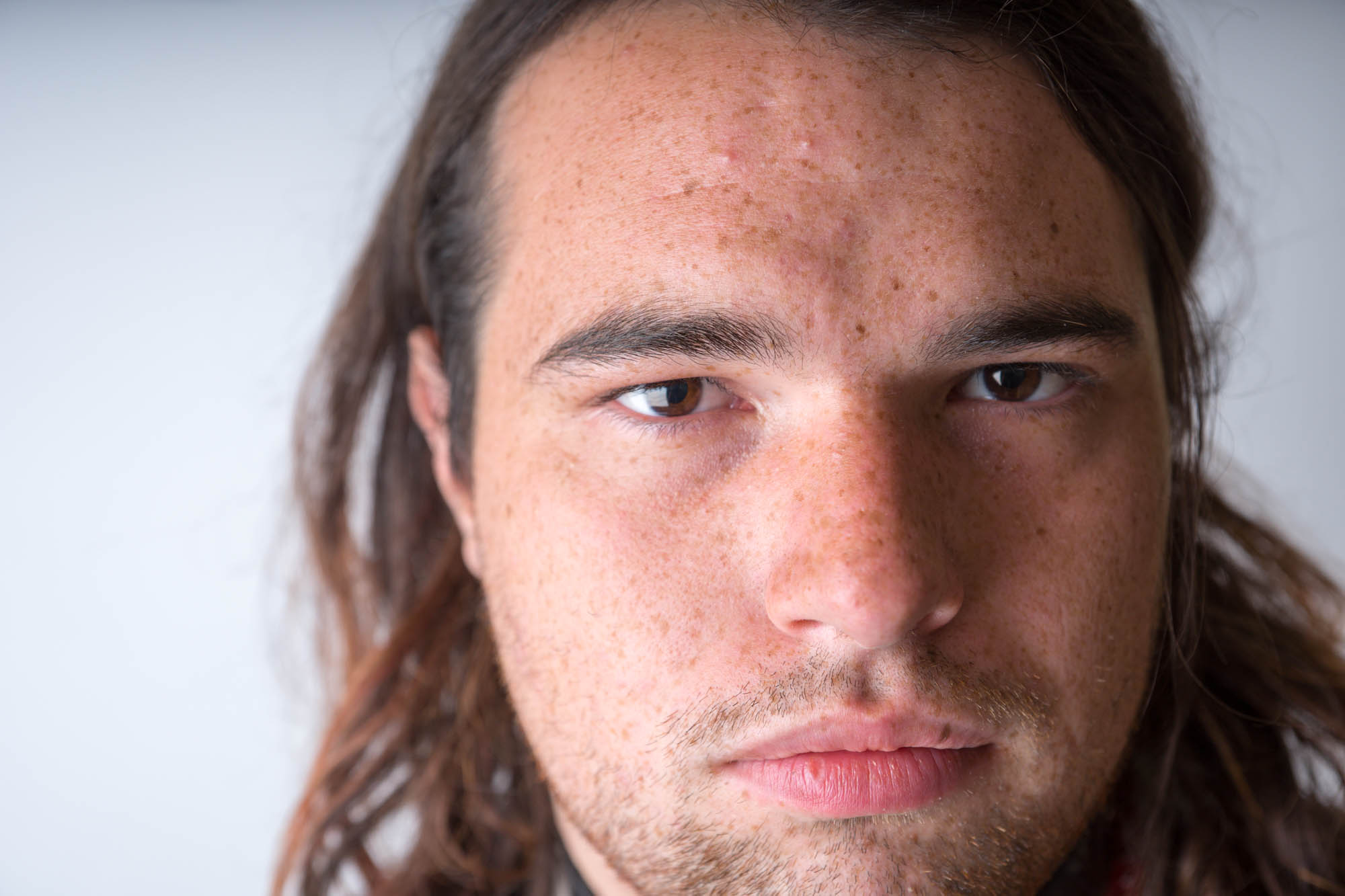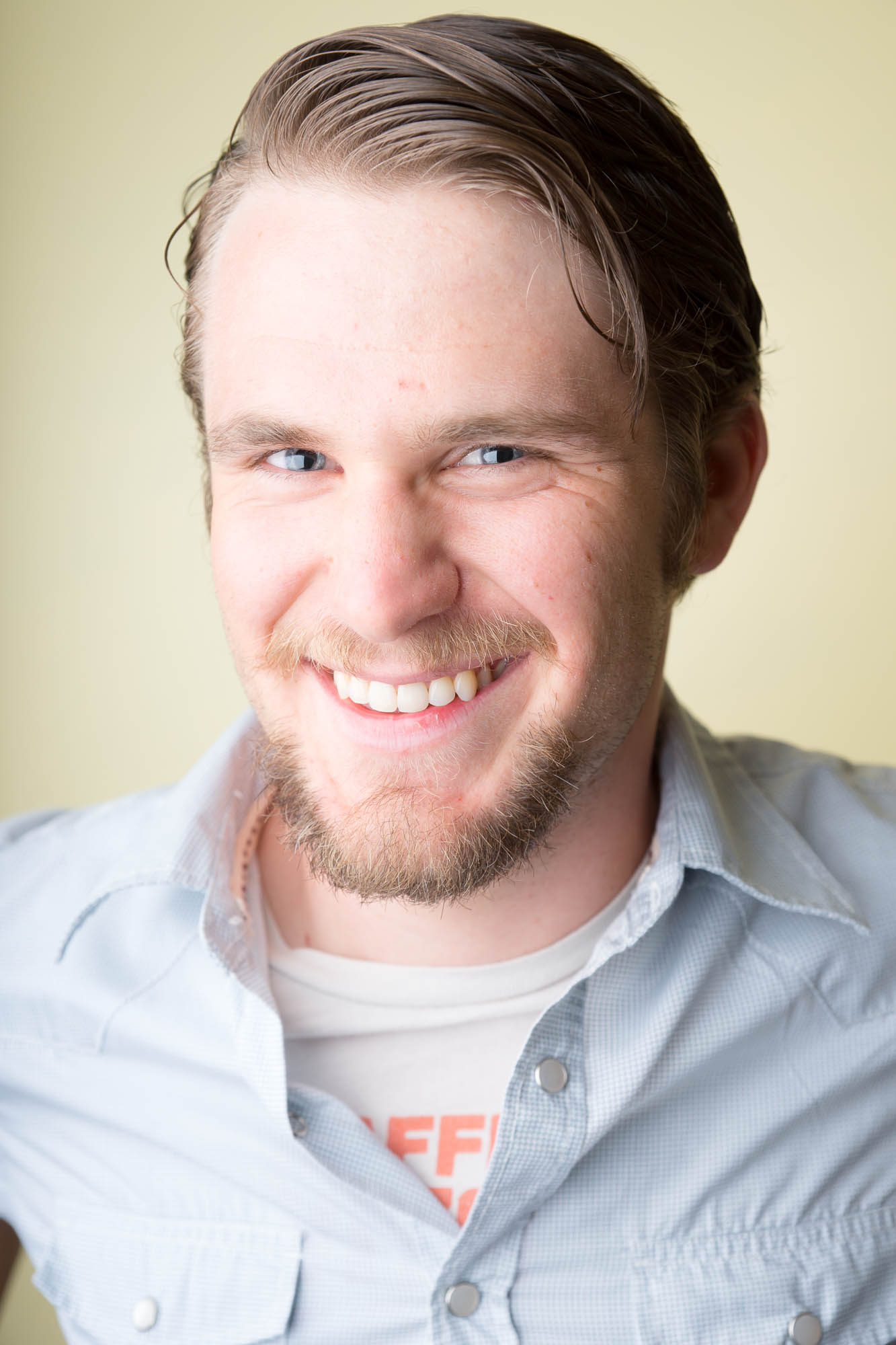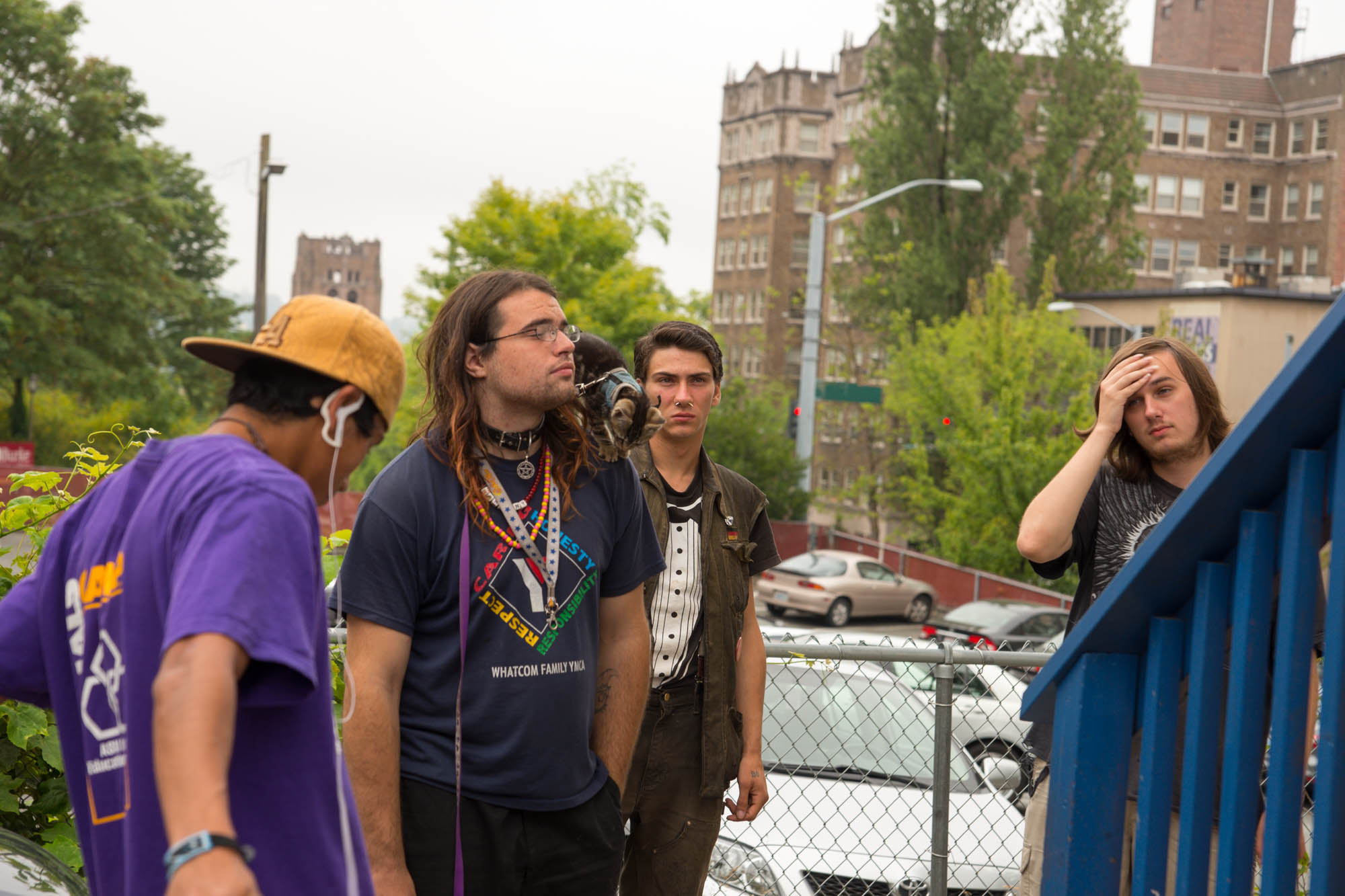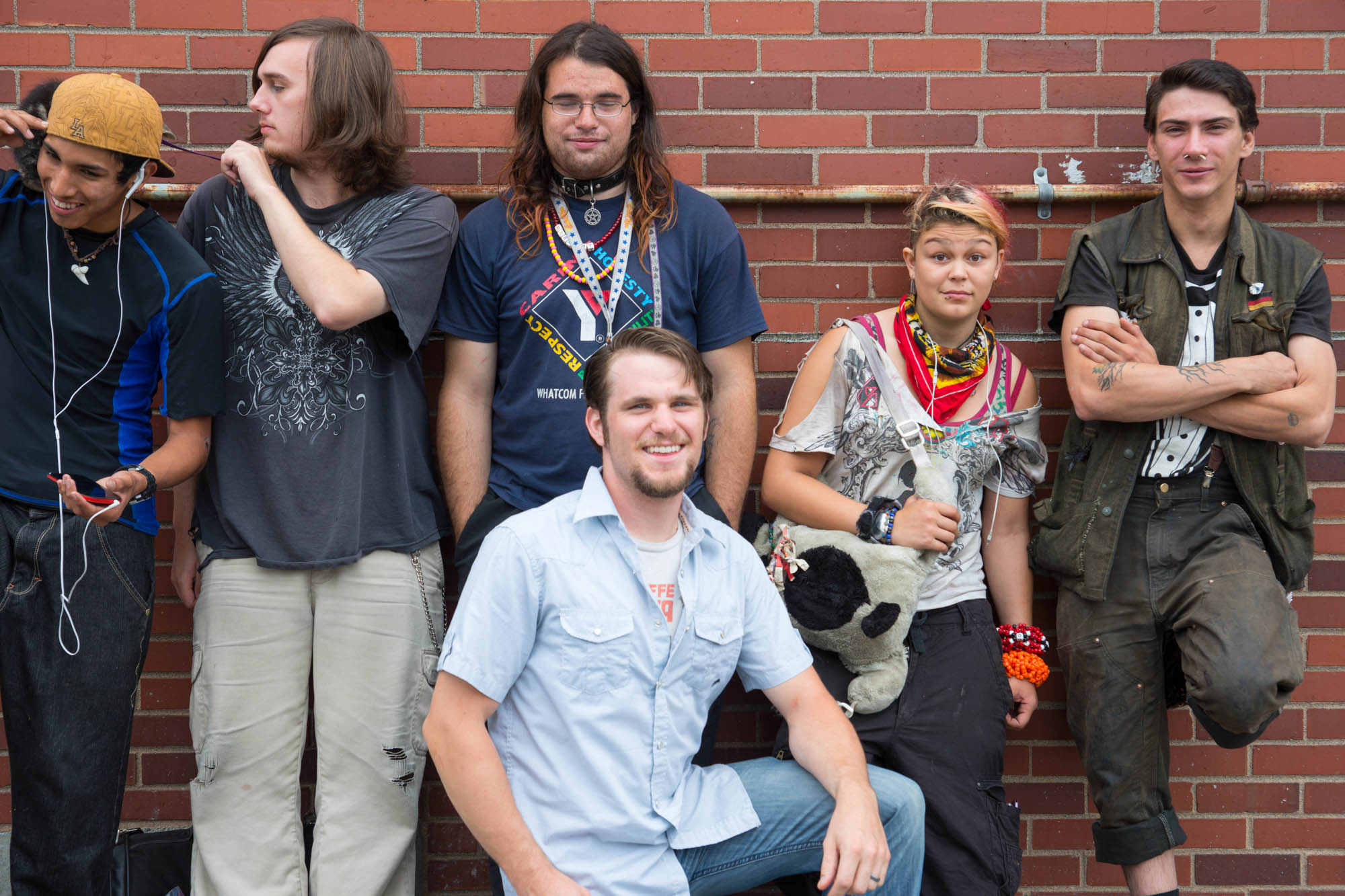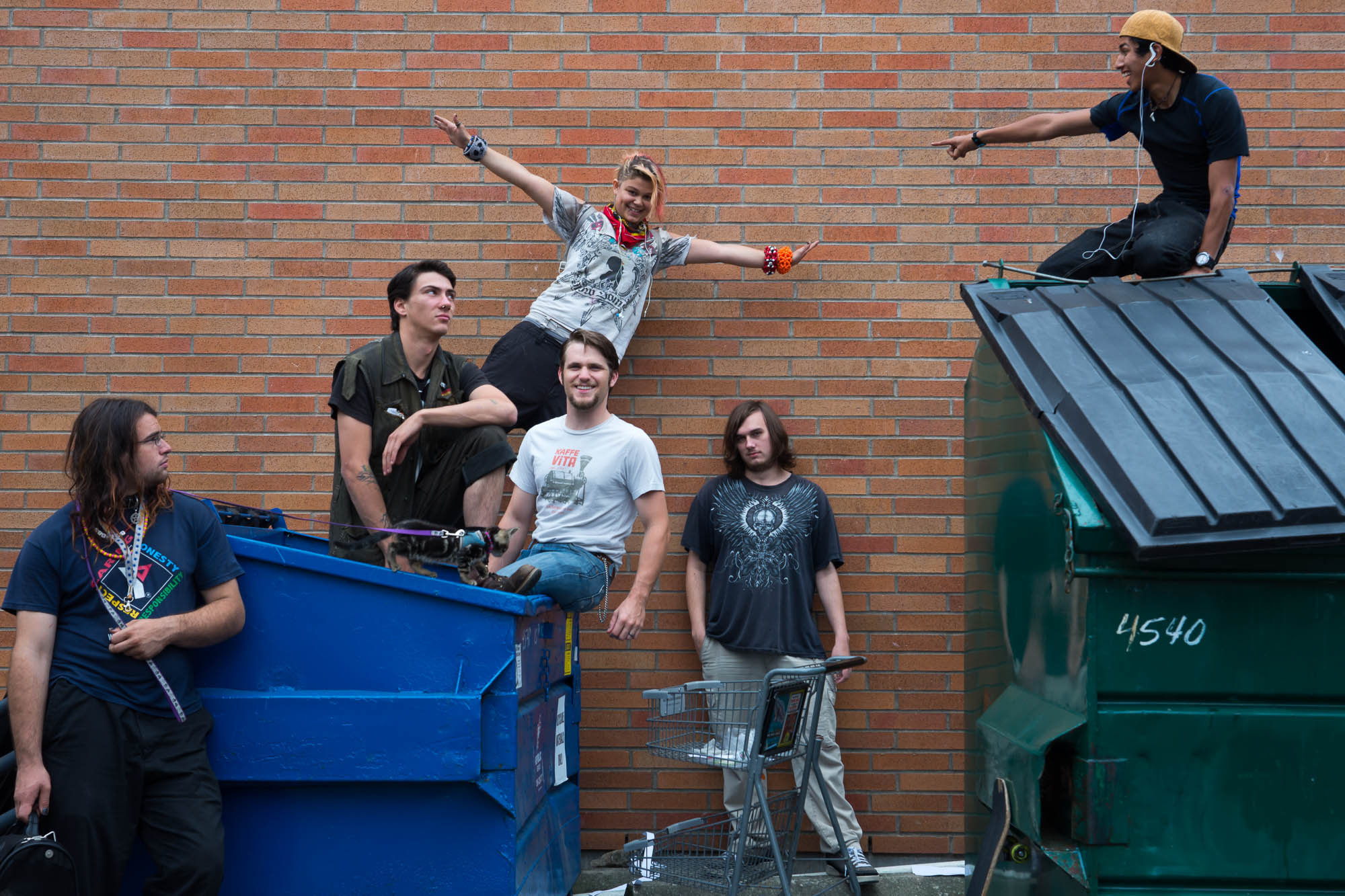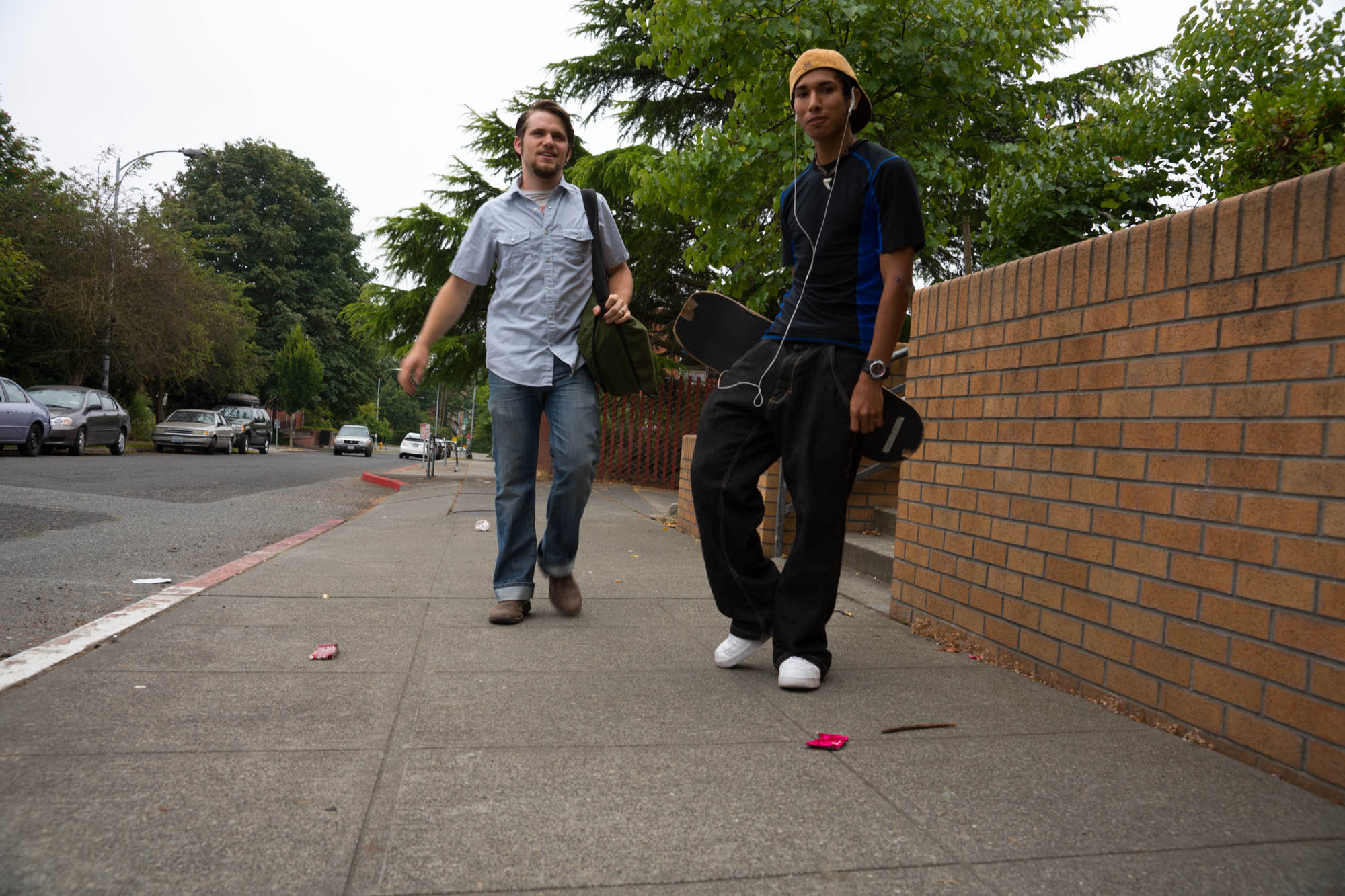When I picked up the camera a few years ago, I didn't really know why I was doing it. Like many others, I thought it would be fun to learn something new, gain a new skill, and have a reason to step away from the computer from time to time. I began by shooting anything I could fit within the viewfinder—friends, family, landscapes, shoes, etc. I still remember the first time I took the camera out of auto and switched over to manual. That moment marked one of many critical points in this craft. It was at that moment I became intentional. Before I realized it I was consciously making decisions about how and why I would make a certain photograph.
As my technical ability grew, I quickly found I was taking really bad pictures in really sharp focus. I thought, technically, this photograph is nice, but I don't like it. It doesn't have that special something that draws me in, inviting me to question what I know to be true. I found that I was learning how to see. I've heard other photographers talking about learning how to see. At first I thought they were talking about shapes, lines, contrast, dynamic range, etc. And while this is true, it's a different kind of seeing that I think they're talking about. I think this kind of seeing is the kind that paints dreams with inspired work. The kind that encourages one to ask if there is something beyond what the body perceives. The kind that has one in constant search of classic and contemporary artists, books, documentaries, subjects, collaborators, and projects in insatiable desire to learn and grow.
Informed by this "learning to see" and passions in social issues, in my soul developed a purpose for the work I'm doing in photography. It was only after this purpose became clear that my photographs came into clearer focus, both figuratively and literally. Who is left out of the conversation, dismissed, ignored, pushed out, and forgotten? As Donna Morton says, "Those closest to the problem are the ones most suited to address it." So why are those closest to the problem often excluded from the development of a solution?
This Wednesday, these questions took me to "The Ave." in Seattle, WA just down the street from the University of Washington, where I was honored to have the opportunity to work with five homeless youth, one passionate program manager/instructor, and one dedicated case manager in producing a series of images that will hopefully help them share their stories. In putting a face on a widely known but often misunderstood issue, I hope that the voices of these resilient, intelligent, warm, creative individuals are able to have their voices land where they might be heard.
For more information about the Zine Project, check out their website at http://zineprojectseattle.wordpress.com.
Special thanks goes to Richard Gold of Pongo Teen Writing, who's never ending love and work in divergent communities has helped sprout projects such as these, for making this connection happen.
Learn more about the interns and read their bios on the Zine Project Seattle website.

